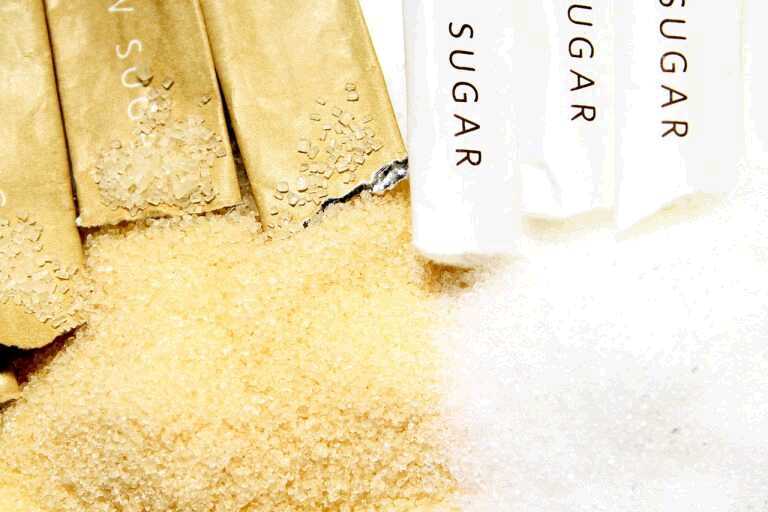
What is sugar?
The term sugar and carbohydrates are often used interchangeable even though they shouldn’t.
There are three main types of carbohydrate found in food: starches, fiber, and sugars. The sugar family itself is divided into different types according to their chemical structure.
What are the types of sugar found in foods?
Nutrition experts classify sugar into two categories: natural and added sugars.
As the name implied, natural sugars occur “naturally” in foods such as fruits and milk.
On the contrary, added sugars are sugars and syrups that are added to foods to sweeten it. Ingredients that end with –ose are usually a dead giveaway that they are added sugars.
Added VS natural sugars
Added and natural sugars are pretty much broken down by the body similarly. The main difference stems from the foods in which they are found. Foods that contain natural sugars are often packed with vitamins, minerals, and fiber. On the other hand, added sugars are typically found in high caloric, low nutrient, and highly processed foods such as baked foods, candies, and sweetened drinks.
How to spot added sugars
Honey
Agave
White sugar
Corn syrup
Molasses
Maple syrup
High fructose corn syrup (HFCS)
Glucose-fructose
Fruit concentrate or juice
Maltodextrin
How much added sugars should you limit per day?
American Diabetes Association (ADA)
Men: < 9 tsp. (36 grams, 150 calories)
Women: 6 tsp. of sugars (24 grams, 100 calories)
The Heart and Stroke Foundation
Generally, < 12 tsp. (50 grams, 200 calories) based on a 2,000 calories daily intake
Ideally, < 6 tsp. (25 grams, 100 calories) based on a 2,000 calories daily intake
Understanding nutrient claims
Sugar-Free, Free of Sugar, No Sugar, Zero Sugar, Without Sugar
<0.5 g per serving or the serving size that is generally consumed or
Contains no added sugar
Reduced/Less Sugar
Contains < 25% sugars than the regular version
No Added Sugars/Without Added Sugars
No sugar or ingredient containing sugar is added to the food product.
Note that a food product labeled with these statements does not signify that they are healthy, low-calorie, unsweetened with artificial sweetener, and/or contain no natural sugar. Always read the nutrition label to assess the amount of sugars and other nutrients content.
References:
Added Sugars. American Heart Association. URL Link. Updated July 2016. Accessed September 23, 2016.
Labeling & Nutrition Guidance Documents & Regulatory Information. FDA. URL Link. Updated August 20, 2015. Accessed September 23, 2016.
Sugar, Heart Disease and Stroke. Heart and Stroke Foundation. URL Link. Published August 2014. Accessed September 21, 2016.
